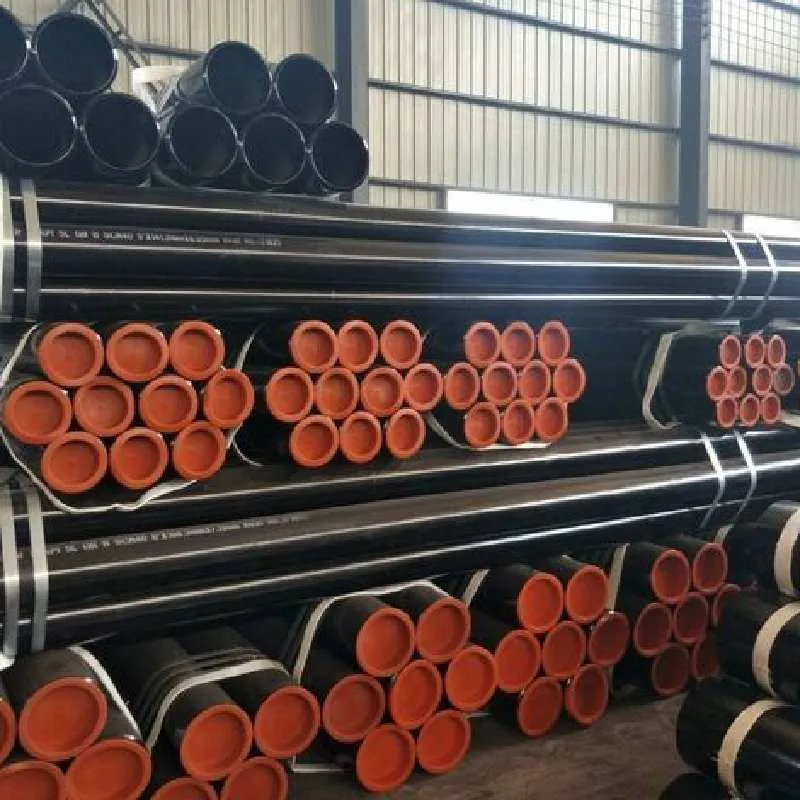-
Cangzhou Yulong Steel Co., Ltd.
-
Phone:
+86 13303177267 -
Email:
admin@ylsteelfittings.com
- English
- Arabic
- Italian
- Spanish
- Portuguese
- German
- kazakh
- Persian
- Greek
- French
- Russian
- Polish
- Thai
- Indonesian
- Vietnamese
- Zulu
- Korean
- Uzbek
- Hindi
- Serbian
- Malay
- Ukrainian
- Gujarati
- Haitian Creole
- hausa
- hawaiian
- Hebrew
- Miao
- Hungarian
- Icelandic
- igbo
- irish
- Japanese
- Javanese
- Kannada
- Khmer
- Rwandese
- Afrikaans
- Albanian
- Amharic
- Armenian
- Azerbaijani
- Basque
- Belarusian
- Bengali
- Bosnian
- Bulgarian
- Catalan
- Cebuano
- China
- China (Taiwan)
- Corsican
- Croatian
- Czech
- Danish
- Esperanto
- Estonian
- Finnish
- Frisian
- Galician
- Georgian
- Kurdish
- Kyrgyz
- Lao
- Latin
- Latvian
- Lithuanian
- Luxembourgish
- Macedonian
- Malgashi
- Malayalam
- Maltese
- Maori
- Marathi
- Mongolian
- Myanmar
- Nepali
- Norwegian
- Norwegian
- Occitan
- Pashto
- Dutch
- Punjabi
- Romanian
- Samoan
- Scottish Gaelic
- Sesotho
- Shona
- Sindhi
- Sinhala
- Slovak
- Slovenian
- Somali
- Sundanese
- Swahili
- Swedish
- Tagalog
- Tajik
- Tamil
- Tatar
- Telugu
- Turkish
- Turkmen
- Urdu
- Uighur
- Welsh
- Bantu
- Yiddish
- Yoruba

Oct . 21, 2024 03:44 Back to list
Understanding ANSI B16.1 Flange Standards for Industrial Applications and Installation Techniques
Understanding ANSI B16.1 Flanges A Comprehensive Overview
When it comes to piping systems, flanges play a critical role, connecting pipes, valves, pumps, and other equipment to create an efficient, leak-proof system. Among various standards used for manufacturing flanges, the ANSI B16.1 standard is one of the most important in the industry. This article aims to delve into the ANSI B16.1 flanges, explaining their significance, specifications, applications, and advantages.
What is ANSI B16.1?
ANSI B16.1 is a standard set by the American National Standards Institute (ANSI) that outlines the specifications for cast iron flanges used in piping systems. This standard provides detailed guidelines on the dimensions, tolerances, materials, pressure classes, and testing methods for these flanges. ANSI B16.1 refers specifically to flanges operating at pressures up to 250 psi and temperatures that can vary depending on the specific material used.
Key Specifications
The ANSI B16.1 standard classifies flanges into different classes based on their pressure capacities. The most common classes include
- Class 25 Suitable for lower pressure applications. - Class 50 Provides a moderate level of pressure resistance. - Class 125 Used in higher pressure systems, where there's increased demand for strength and stability. - Class 250 Designed for high-pressure applications, suitable for rigorous industrial settings.
The dimensions of ANSI B16.1 flanges are also standardized, including bolt circle diameter, number of bolt holes, and hole diameter. This uniformity ensures that flanges can be easily matched with their counterparts in piping systems, regardless of the manufacturer.
Material Consideration
Flanges produced under the ANSI B16.1 standard are predominantly made from cast iron, which provides durability and strength necessary for various industrial applications. The particular type of cast iron commonly used is ductile iron, which offers additional tensile strength compared to traditional gray cast iron. Ductile iron can withstand greater stresses and is often used in environments where flexibility and resistance to impact are essential.
ansi b16 1 flange

Applications of ANSI B16.1 Flanges
ANSI B16.1 flanges are widely used in various applications, particularly in water and wastewater systems, heating, ventilation, and air-conditioning (HVAC) systems, and industrial processing. The high resistance to corrosion and physical stress makes them an excellent choice for environments like water treatment plants, chemical production facilities, and other industrial settings where fluid transfer is critical.
Advantages of ANSI B16.1 Flanges
1. Standardization The ANSI B16.1 standardization allows for easy integration into existing systems and compatibility with other components, reducing the risk of leaks and ensuring system integrity.
2. Durability Cast iron is known for its durability and strength. Flanges made under this standard can withstand significant pressures and adverse conditions, making them ideal for heavy-duty applications.
3. Cost-Effectiveness Compared to other materials, cast iron flanges are often more economical, offering a viable solution for budget-conscious projects without compromising on quality.
4. Ease of Installation ANSI B16.1 flanges typically feature a simple design that facilitates quick and easy installation, allowing for efficient assembly and maintenance of piping systems.
Conclusion
In summary, ANSI B16.1 flanges are a vital component in the world of pipelines, defined by their reliability, robustness, and standardization. By understanding the specifications and benefits of these flanges, engineers and designers can make informed choices that contribute to the safety and efficiency of industrial piping systems. Whether it’s in municipal water systems, industrial plants, or commercial buildings, ANSI B16.1 flanges remain a crucial element in ensuring the seamless operation of fluid transport infrastructures.
Latest news
-
ANSI 150P SS304 SO FLANGE
NewsFeb.14,2025
-
ASTM A333GR6 STEEL PIPE
NewsJan.20,2025
-
ANSI B16.5 WELDING NECK FLANGE
NewsJan.15,2026
-
ANSI B16.5 SLIP-ON FLANGE
NewsApr.19,2024
-
SABS 1123 FLANGE
NewsJan.15,2025
-
DIN86044 PLATE FLANGE
NewsApr.19,2024
-
DIN2527 BLIND FLANGE
NewsApr.12,2024
-
JIS B2311 Butt-Welding Fittings LR/SR 45°/90° /180°Seamless/Weld
NewsApr.23,2024











